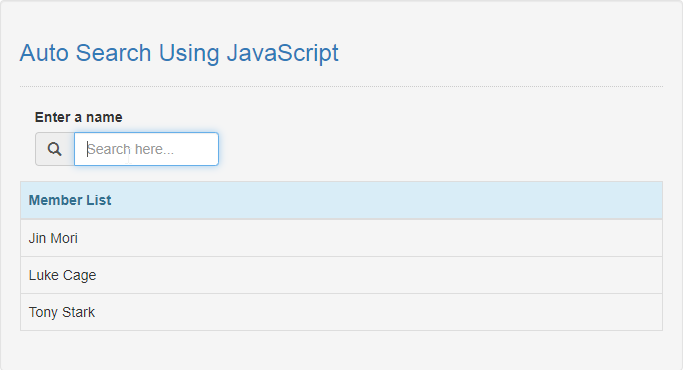

I have actually done this a couple of times before. In order to accommodate both the need for a search engine and the lack of server-side processing, I built a simple search engine inside the browser. This allowed us to skip undergoing months of security evaluations, no server-side processing meant no security risk to the network.

In an effort to get the filesystem shared via HTTP, I had explicitly stated that this would only have static rendering turned on. Getting the static HTTP server had been a feat of negotiation. Unfortunately, Bureaucracy got in the way. By the time i got back to my hotel, there was no way I could sleep, so began to implement the solution. Trying to not freeze to death, and figure out where my hotel was, I started thinking about search problems. Having attended an evening lecture, in a pub in Gatineau Quebec, on using technical systems to affect social change, and having had a few drinks, I found myself walking back to my hotel, alone, in the dead of a Canadian winter. It’s at this moment, in our story, that I find myself away from home on business. What users required was a search engine, like, but limited to only our organisationally available packages. All-in-all it was just difficult to keep track of. The list of libraries available was less than the official repositories but significantly larger than a human could reasonably be expected to read through, it was also spread across several folders. Users developed a new question to phone in and ask:.We quickly went from dozens of packages to thousands.They were so thrilled, we started using patterns to allow packages.This meant the security team was much more willing to allow packages into the environment, knowing it would be hours to remove them rather than months or years. The simple filtered mirror allowed us to respond to user needs much more rapidly, and to add or remove libraries from the secure environment very quickly. It was a reasonably simple setup, and only required a large amount of storage, and a simple static web server to deliver them over. The idea was that, for security reasons, we would have a list of allowed libraries inside the very expensive secure environment, and only those libraries. Photo by Ruchindra Gunasekara on UnsplashĪ couple of years ago, I was asked to create a file repository for an air-gapped conda repository.


 0 kommentar(er)
0 kommentar(er)
